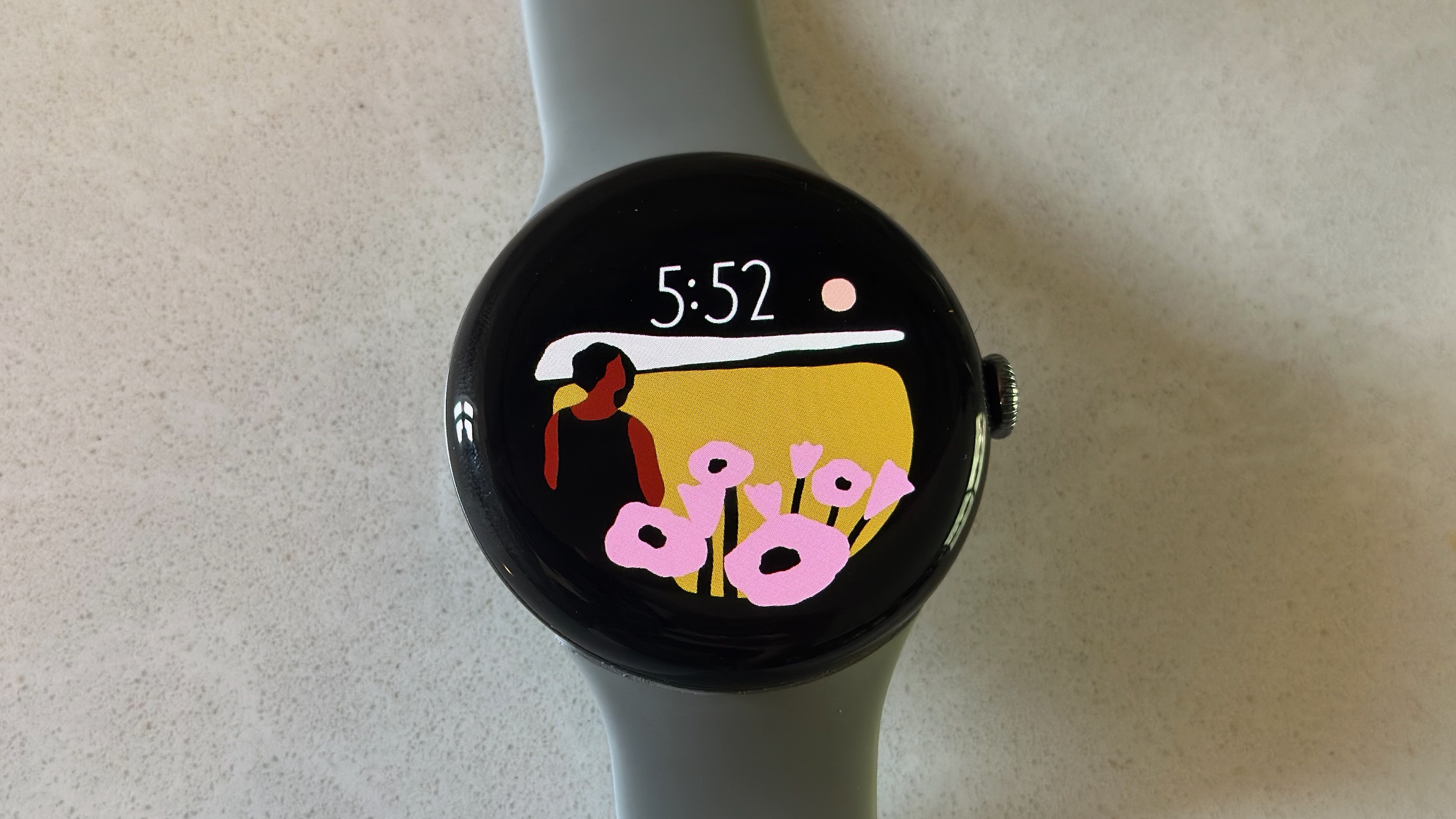Wear OS 6 will bring Facer back onto Android smartwatches; we asked Facer what to expect

What you need to know
- Wear OS 6 will support 3rd-party watch face stores like Facer, which were blocked on Wear OS 5.
- Facer “worked closely with Google” to ensure watch faces would have “instant syncing” with Pixel Watches.
- Third-party faces must still use WFF, so many old animated and 3D watch faces still won’t sync.
- Wear OS 6 is expected to start rolling out in late summer or early fall 2025.
Google’s push for battery-efficient watch faces locked out watch face apps like Facer from Android smartwatches. Wear OS 6 will fix that by adding a Watch Face Push API that lets any 3rd-party app have a watch face Slot next to Google’s native faces.
In an Android Developers post, the Wear OS team outlined how developers can “create their own watch face marketplaces” of XML Watch Face Format (WFF) faces. Up until now, devs had to individually post watch faces in the Play Store, making them hard to find.
Google partnered with Facer, TIMEFLIK, WatchMaker, Pujie, and Recreative, the first watch face app stores that will work on Wear OS 6 watches this fall.
With Facer, for example, you’ll be able to pick between thousands of faces; selecting one in the mobile app will have it sync automatically on the future Pixel Watch 4 display.
WFF faces will also get more dynamic on Wear OS 6, starting with user-selected photos. Devs can change the color of an element based on the value, such as brighter colors for higher temperatures or UV levels. Text will auto-size to fit the space, so you can fit a wider range of values (such as higher step counts) in a single area. And faces can now “transition” from always-on to active mode, rather than instantly switching.
Still, WFF has limitations compared to old formats. It cuts Facer’s 500,000+ watch face library down into the low thousands, most of which it had to transition manually.
So I spoke to Brook Eaton, Facer’s new CPO and former Fossil exec, about the Facer-Google partnership and what to expect from this new watch face system.
Google was ‘very understanding’ of what Facer needed

Even though Wear OS 5 blocked Facer and hurt its outreach to Android users, Eaton explained that he “understood Google’s logic” for why it forced the WFF move.
Old animated watch faces were “not how watch faces were intended to be displayed,” Eaton said, because it was more like an always-on app that constantly pulled data from the system and sensors. And when it burned through the battery, users would contact watch hardware makers like Fossil to complain about the terrible battery life.
WFF, as it exists today, relies on recent cached sensor data to display it without that constant drain, reflecting what users want to see in a “more consolidated and platform-centric way.”

Facer says that around the Wear OS 5 launch, it was “actively discussing a resolution with Google” but that the “change was unfortunately rolled out before a solution could be reached.” But that didn’t mean Google and Facer stopped talking; the target simply moved from OS 5 to OS 6 to fix things.
Google “wants their ecosystem to succeed,” Eaton said, which means “understanding the pain points” of partners. For “decently-sized engineering teams” who do a lot of business on Google platforms, “they’ll work with you” to solve a problem so long as “everyone will benefit from it,” not just one specific app or partner.
So Facer (and presumably other watch face apps) convinced Google that it was in everyone’s best interest for the Watch Face Push API to bring back third-party faces. It’s still working on convincing Google to upgrade WFF to become more dynamic.
How Facer will work on Wear OS 6 (and in the future)

On current Wear OS 5 watches, all Facer can do is link to WFF faces in the Play Store. But it didn’t want the “headache” of adding thousands of individually-managed faces to the store, so only a few of the most popular faces are available now.
Facer is still waiting for the Wear OS 6 rollout, when thousands of its “high demand” faces will all be available for free, à la carte, or through their Facer Premium subscription.
Facer had to choose which old faces were a “good match” to convert easily to WFF, and which popular faces required more of an “elegant degradation,” where some features had to be cut while others transitioned to a battery-efficient version.
Eaton says they’re still sending “feature requests” to Google, with 3D faces as a major one. But again, Google wants to “understand why” it’s necessary before adding any feature, so it may take time — or may not happen. People hoping all their old Facer favorites will transition should temper their expectations.

For now, Eaton says, the Facer Creator tool will focus on helping developers create WFF faces so that they’re ready by the time Wear OS 6 launches. And they’ve promised that new features and brands will come to Facer this summer, before Wear OS 6 rolls out.
Facer found out about other Wear OS 6 features along with everyone else. When we tried an early version of Wear OS 6 at I/O, the Google engineer suggested that only some watch faces would allow for dynamic theming, which might shut out Facer and other third-party stores. But Eaton says they’re hopeful that Facer will sync with this cool feature at some point.

Wear OS 6 is coming!
The Pixel Watch 3 is one of our favorite Android smartwatches, and it’ll be among the first to get Wear OS 6 when it launches this year, bringing colorful new themes, Tiles, and watch faces, including those from Facer.
Source link







